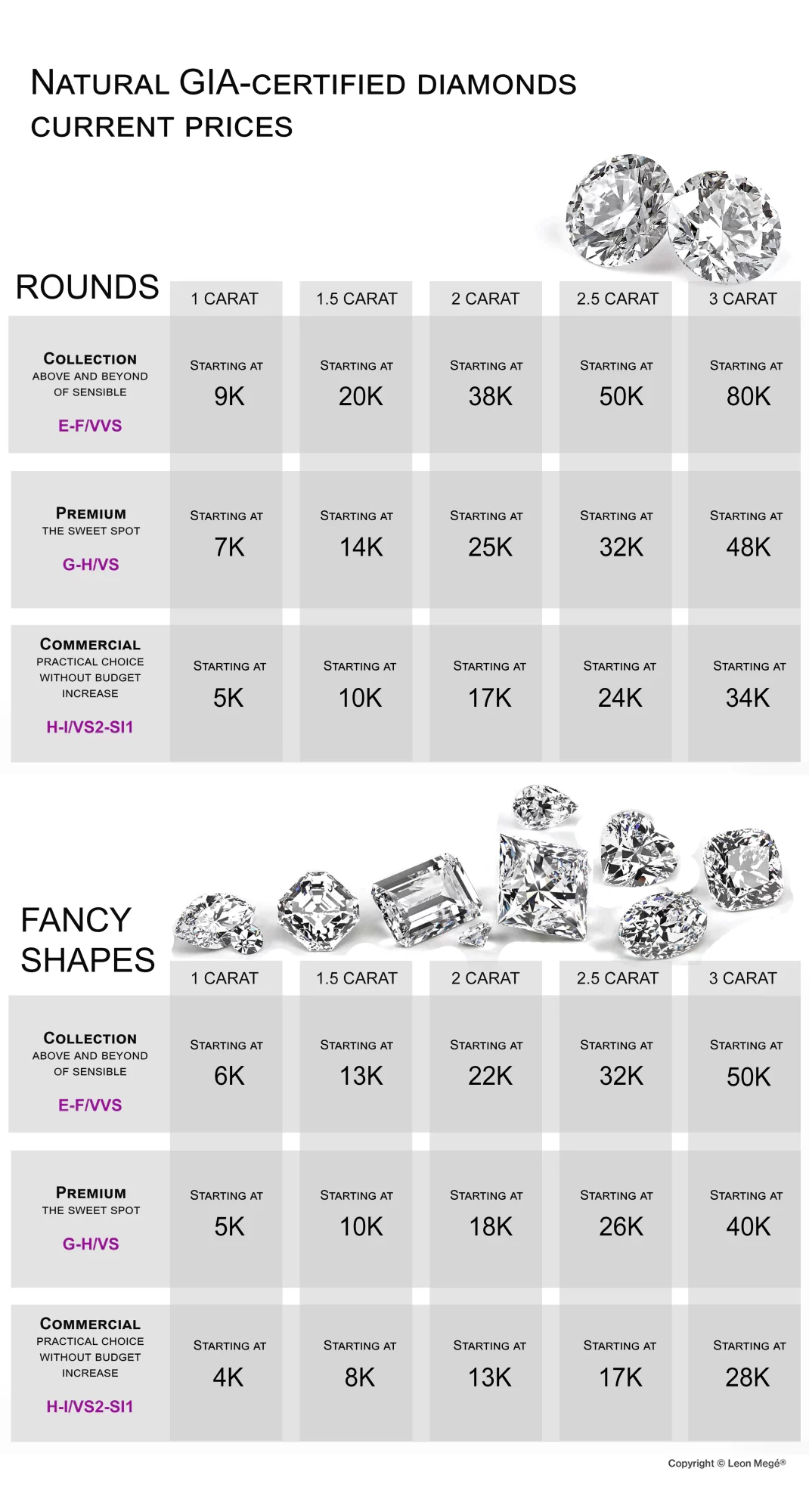Are black diamonds real? Yes, they are real. Real crap.
A black diamond” called carbonado, is a natural polycrystalline aggregate of tiny graphite and carbon crystals grown together at different angles. The tiny crystals are stuck together at different angles, absorbing the light and making the stone opaque. They are essentially 4 billion years old clumps of diamond dirt formed in a supernova explosion long before the Solar System was born. Carbonados are found only in a few places, notably Central Africa and Brazil. Most are grey but have a porous surface that allows liquid dyes to penetrate. Boiling carbonados in spent motor oil turn them black. Without dyeing, they are often mistaken for marcasite – polished iron pyrite commonly used in costume jewelry.


Carbonados can be irradiated and heated to darken their color. Irradiated carbonados are jet black resembling onyx or black spinel. Until recently, black diamonds were considered worthless and unsuitable for jewelry and used primarily as abrasives and drill bits. Even today, black diamonds are cheap by diamond standards costing very little compared to white diamonds.
Carbonados unique chemistry suggests extraterrestrial origins, which plays well to the consumers’ ears. Most carbonados have strong luminescence. They emit light in the darkness, which is always fun. Carbonados are treasured collectible novelties, along with petrified dinosaur dung and singing Bass plaques.

The curse of the Black Orlov
The 67.50-carat cushion-cut diamond plucked from the eye of the Brahma idol at a small Indian shrine was brought to New York by a diamond dealer J.W. Paris. Displeased, the god of creation, Brahma, put a magic spell upon all future owners of his eye. Indeed, three owners jumped to their death shortly after that. In 1932 J.W. Paris fell from the roof of a New York skyscraper. In 1947 Russian princess Nadia Vyegin-Orlov jumped from a building in Rome. Her sister Lionila Baryatinskaya followed her shortly after that. The curse fizzled when the stone finally got into the hands of a New York dealer Charles F. Winson. He mounted the stone in a diamond-and-platinum necklace valued at $150,000 at the time. Nobody has jumped since.
Famous black diamonds
- The 489.07-carat black diamond is yet to be named and is rumored to be priced at just under two million US dollars.
- The 312.24-carat Spirit of de Grisogono Diamond is the world’s largest black diamond.
- 202-carat Black Star of Africa was last seen in Tokyo in 1971. Did anyone investigate Godzilla?
- The 160.18-carat “The Table of Islam” emerald-cut black diamond comes from Central Africa.
- The Gruosi Diamond is a 115.34-carat heart-shaped black diamond cut by the famous Swiss jeweler Fawaz Gruosi.
- Orloff Noir (the cursed one) is a 67.50-carat cushion-cut diamond of very dark gun-metal color. It is also known as the Eye of Brahma Diamond.
- The Amsterdam Diamond is a 33.74-carat stone sold in 2001 for $352,000.



